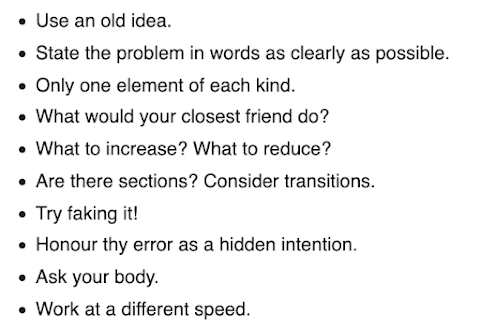Mathematics is everywhere, whether we see it or not. Our morning coffee brews with a ratio of coffee to water. During a blizzard (today), the cost of snow removal will depend on the depth of the snow.
Examine how mathematics can help us:
1) The Four Factors. Dean Oliver's research that shooting percentage, rebounding, turnovers, and free throws drove outcomes. Additional research uncovered that the differentials (offense versus defense) further amplified results.
Effective field goal percentage:
It currently correlates especially well with point differentials.
2) Less is more. It's not intuitive that multiplying two negative numbers yields a positive. But if a player has a negative defensive rating, the less time he's on the floor, the greater the benefit to the team.
3) Cursed? Price is what you pay. Value is what you get. It's not a player's fault that he makes great money. Projecting production isn't easy. And a behavioral economics concept called "The Winner's Curse" explains that competitors often overpay for assets that can't equal the cost. "Basic economics assumes that individuals seek their selfish best interests and work with unperturbed rationality to identify and pursue those interests, yet this position is very difficult to prove."
4) Home court advantage. Don Meyer said, "It's not who you play, but how you play." The NBA bubble provided a natural experiment to analyze what contributes to home court advantage. Is it fan support, pressure, officiating or other factors that impacts outcome? A study from Pomona broke that down. "In the bubble, the away team’s win percentage increased by 3 percentage points. The free throw shooting percentages increased by 2.3% and there were 9% fewer fouls for the away team and 5% fewer for the home team." The authors found that the biggest factor on outcomes was the quality of the teams. That doesn't mean that other factors don't matter. "In another study using the NBA’s database of calls from the last two minutes of close games (games within 5 points or less), researchers have found that the home team benefits the majority of the time from correct calls, incorrect no-calls (referees letting teams get away with infraction), and incorrect calls (referees making a mistake on their calls). With more incorrect calls and a higher quantity of calls made against the away team, this study reaffirms that due to the judgmental crowds, the officials are more influenced (Roeder, 2017)."
5) En fuego? Does the "hot hand" exist? Many students of basketball believe in the hot hand, that is, positive shooting reinforces positive shooting. The best study of this, using NBA three-point shooting contest data, shows that after a sequence of three consecutive makes, the next shot has higher probability of success.
The dots above the x-axis show the presence and magnitude of the effect during competition in some of the best three-point shooters in the world.6) "The bank is always open." It's geometry. Players underutilize the glass. "After simulating one million shots with a computer, the NC State researchers show that the bank shot can be 20 percent more effective when shooting at many angles up to a distance of about 12 feet from the basket."
8) How a possession starts is pivotal. All possessions are not equal. Inpredictable shows a low to high difference in points per possession based on how possessions start, ranked by 'dead ball' (1.06), defensive rebound (1.10), or turnover (steal) 1.25. That is, turnovers bleed into defense.
- Insights on Four Factors
- Cursed?
- Hot hand
- Bank on it
- Home court
- Pythagorus
- The starting gate matters
Lagniappe. Mathematician Terence Tao advises problem solvers to seek practical approaches.





















